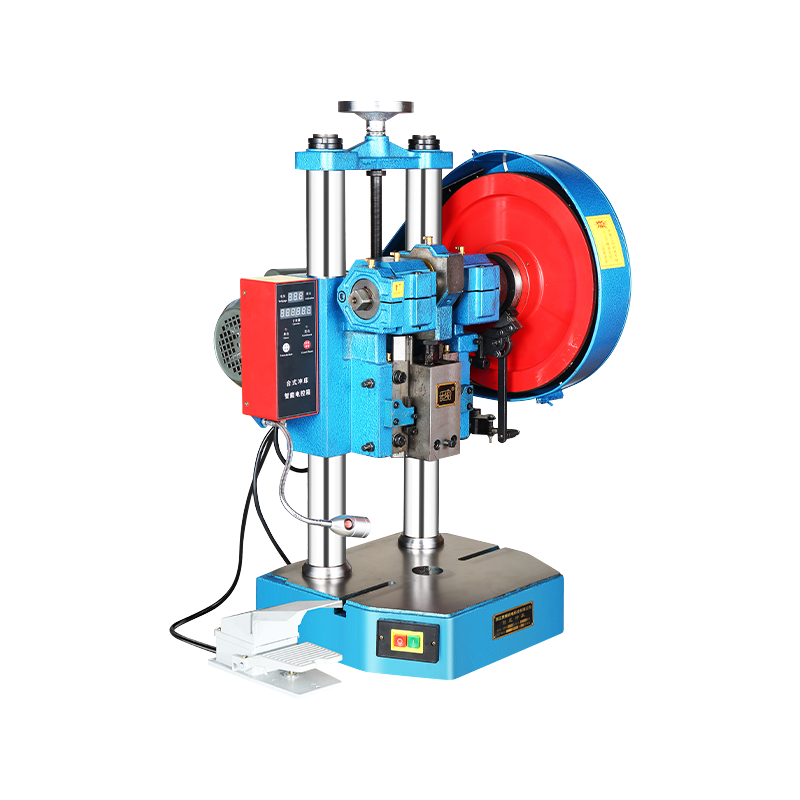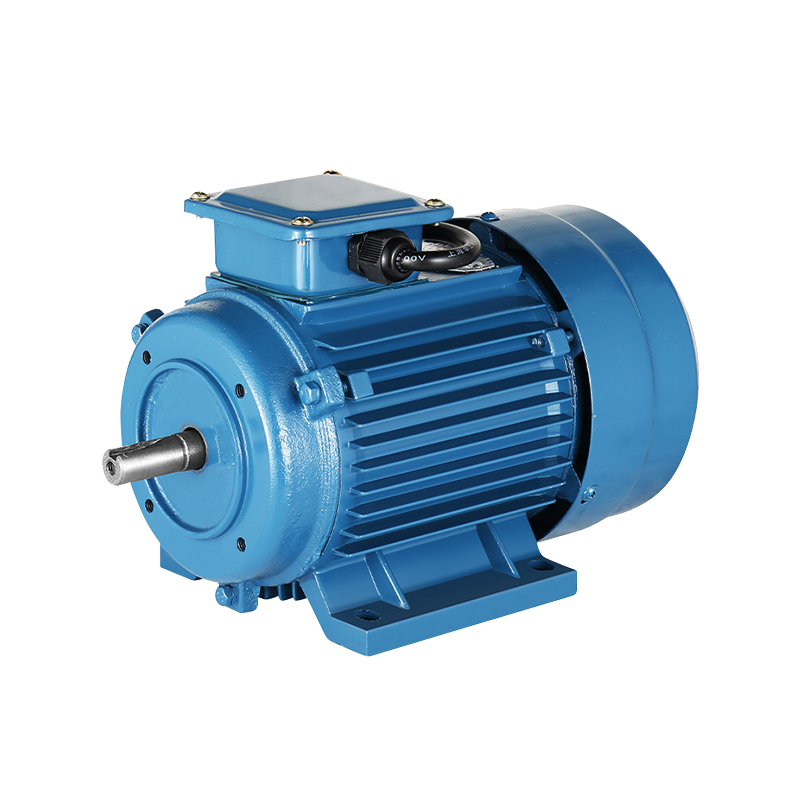Growing Demand for Three-Phase Asynchronous Motors in Emerging Markets
Emerging markets have shown a steady increase in industrial development and infrastructure expansion over recent years. This growth has created a rising need for reliable and efficient machinery, where electric motors play a crucial role. Among various types, the Three-Phase Asynchronous Motor has gained considerable attention due to its practical advantages and suitability for many applications. The demand for the Three-Phase Asynchronous Motor is growing steadily in these developing regions as industries seek solutions that balance performance and cost-effectiveness.

The Three-Phase Asynchronous Motor is widely recognized for its simple design and robust operation. This motor type operates based on electromagnetic induction, where the rotor is induced by the stator's magnetic field, eliminating the need for brushes or slip rings in cases. This simplicity translates into easier maintenance and longer service life, attributes that align well with the requirements of industries in emerging markets.
One important factor contributing to the rising demand for the Three-Phase Asynchronous Motor is its ability to handle a broad range of industrial tasks. From water pumping and ventilation to conveyor systems and manufacturing equipment, this motor type offers versatility. In regions where industrial diversification is ongoing, the adaptability of the Asynchronous Motor becomes particularly valuable.
Cost considerations also play a significant role in the preference for the Asynchronous Motor. Emerging markets often face budget constraints when developing infrastructure or upgrading production lines. Compared to other motor types, the Asynchronous Motor typically involves lower initial investment costs and requires less complex installation. This economic aspect makes it more accessible and appealing for businesses aiming to optimize expenditure without compromising operational reliability.
Energy efficiency has become a growing focus in many developing countries, driven by the desire to reduce operational costs and meet environmental guidelines. The Three-Phase Asynchronous Motor can offer reasonable efficiency levels, especially when paired with variable frequency drives or modern control systems. Although synchronous motors might provide higher efficiency in some cases, the balance between cost and efficiency makes the Asynchronous Motor a practical choice for many applications in emerging markets.
The increasing mechanization of agriculture and manufacturing sectors in these markets has further accelerated the adoption of the Three-Phase Asynchronous Motor. Agricultural irrigation systems, for example, benefit from the reliable performance and relatively low maintenance of this motor type. In manufacturing, the motor is often used to power machinery that requires consistent speed and torque under varying load conditions.
Local production and assembly of Three-Phase Asynchronous Motors have also seen growth in emerging markets. This development helps reduce delivery times and shipping costs, making the motor more readily available and affordable. Moreover, it supports local economies by providing employment and encouraging technical skill development.
Another advantage influencing demand is the motor’s robustness in challenging environments. Many emerging markets face harsh operating conditions such as high temperatures, dust, and humidity. The Three-Phase Asynchronous Motor is well-suited to withstand these conditions with minimal performance degradation, which is important for maintaining industrial uptime and reducing downtime costs.
Government initiatives and infrastructure projects in emerging markets often emphasize electrification, water supply improvements, and industrial growth. These efforts create substantial demand for equipment powered by electric motors. The Three-Phase Asynchronous Motor fits into this context by providing a balance of durability and adaptability required for such projects.
Training and technical support are growing alongside the motor’s demand. Many organizations and manufacturers in emerging markets offer education on motor selection, installation, and maintenance, helping users enhance the benefits of the Three-Phase Asynchronous Motor. This increased knowledge base reduces the risk of improper use and extends the motor’s operational life.
-
Feedback

 English
English 中文简体
中文简体






